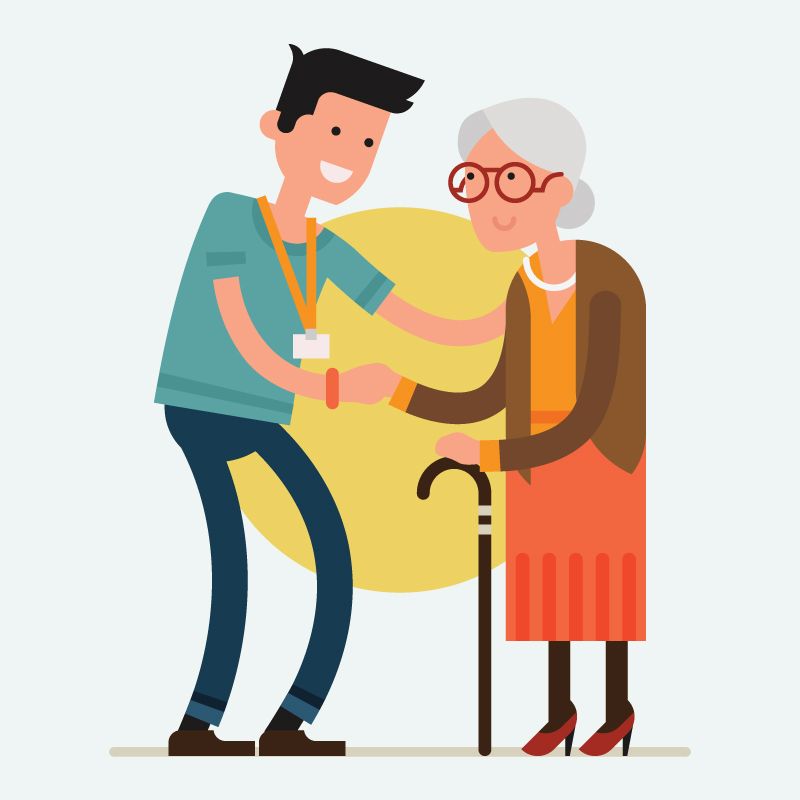A Pandemic of Older Americans – California Leads the Fight to Protect Older Adults and People with Disabilities
More than 22 percent of Californians are over the age of 65. 70 percent of deaths from COVID-19 are of people ages 65 and older. Older adults are now struggling with the multiple viruses, including COVID-19, RSV, and the flu.
At an Ethnic Media Services briefing, held Dec. 16, the focus was on how California is taking the lead on care for older adults and those with disabilities, especially amid the winter virus surge.

Speakers – Susan DeMarois, Director, California Department of Aging; Dr Tomás Aragón, State Public Health Officer and Director, California Department of Public Health; Ana Acton, Deputy Director of Independent Living and Community Access Division, California Department of Rehabilitation; Jessica Lehman, Executive Director, Senior and Disability Action; and Dr Donna Benton, Director, University of Southern California Family Caregiver Support Center – discussed harm reduction measures such as masking, testing, and simply staying home. Speakers will also share resources the state offers for older adults, people with disabilities, and caregivers.
The state of California is looking to the future and California’s Master Plan for Aging (MPA) affirms the priority of the health and well-being of older Californians and people with disabilities. It is a “blueprint” to prepare the state for the coming demographic changes and continue California’s leadership in aging, disability, and equity.
The briefing also explored how can other states implement California’s novel model.
Dr Aragón from the California Department of Public Health began the discussions. “In California, while we’ve given a lot of vaccinations, we’ve been very successful in making sure that our population has received its primary series. Our challenge now is to have older people, especially those 50 and older to be up to date on their boosters.
“This is important because the sub-variance of Omicron have developed the ability to escape immunity and to cause infection.
“All of us have waning immunity, in other words, our immunity goes down over time even if you’ve been boosted or have had an infection in the past.
“We’re at that time of year where there’s just higher risk and it’s important for everybody to get boosted and to be up to date on their vaccines.
“Just like influenza, we see that there has been some peaking in terms of the test positivity and the cases and even the hospitalizations and so we’re keeping our fingers crossed that this will will hopefully go down again. We still have a lot of winter ahead of us and so it’s impossible to completely predict.
“There’s really a lot of transmission, so if you combine both medium and high, we see that close to over 90 percent of the population in California is in a county where there’s a lot of transmission happening. It is important for us to take protective measures.
“In California, we have what’s called a smarter plan, which is sort of focusing on how to manage all of this, not just COVID, it includes other respiratory viruses. We have an integrated approach.
“If you’re not up to date with your booster, it’s great to do that. The other thing that we remind people is that to prevent infections no intervention is a hundred percent. Collectively they do a job. Get your vaccines; wearing a well-sitting mask that has good fit; infiltration ventilation is important.
“This virus is airborne. You get infected by sharing air space with people where the virus is concentrating, especially indoors.
“Opening the windows, opening doors, having good ventilation, doing things outside, of course getting tested and then getting treatment if you test positive and you have symptoms.
“The biggest risk factor for having complications hospitalizations and death for COVID is just age. If you compare 18-29-year-olds over 50-64-year-olds, the chance of dying is 25 times for those that are 18-29-year-olds, and it goes up to 60 times, 140 times, and 340 times.
“Age is the biggest risk factor and if you have medical conditions on top of that, it increases the risk even more,” said Dr Aragón.
Introducing Senior and Disability Action, a non-profit community organization, Layman said her organization, “brings together seniors and people with all kinds of disabilities to fight for change in the community; and to build more of a voice for our communities that are so often ignored, particularly focusing on people with disabilities, and seniors who are also black, indigenous people of color, who are poor, marginalized in multiple ways.
“We are not seen as a major part of society, we are seen as something separate, something that is okay to ignore.
“Nobody is disposable, and I think many of us very much recognized that people saw us as disposable, and we’re seeing that even now, and we need to be talking about it.
“There is this idea that if you’re vaccinated, you’re probably fine being around other people; doing things inside; going back to indoor dining; going to big holiday parties; not wearing masks except those with high-risk conditions. The notion that, well we understand that some people can’t do this but everyone else can go out and have a good time. This is creating further divisions in the community.
“While none of us from the disability and senior communities are saying, ‘everyone should live in fear and no one should do anything,’ this has been emotionally and logistically complicated for everyone.
“Hospitals and states were coming up with guidelines about crisis care, and major coalitions came together, of disabled groups, senior advocates, and higher weight people, to fight against policies that would propose to determine which lives to be save based on the number of years people had left or even worse, what’s called quality adjusted life years, and this is an idea that is very outdated. A lot of people recognize that, but certainly not everyone does.
“The idea of the quality of someone’s life is decided by people who are not disabled and who are not older is a tremendous assumption that if you have any number of disabilities that your life isn’t as good. If that decision must be made better to sacrifice you than a young non-disabled person, recognizing that disability comes up disproportionately in communities of color; in immigrant communities; in poor communities.
“These policies were not only ableist and ageist, but they were also very clearly racist and classist and brought in every other kind of oppression,” said Layman.
“We need changes to our health care systems. We need to continue requiring masking in public buildings; in libraries; on public transportation places; where all of us go and where seniors and disabled people are even more likely to go,” said Layman.
Anna Acton, deputy director of the Independent Living and Community Access division of the California Department of Rehabilitation spoke about the 28 Independent Living Centers in California.
“Centers for Independent Living, as they’re called in other states, they exist in every state. In California, we call them Independent Living Centers, we have 28 of them, and again, they serve people regardless of what type of disability they have, regardless of what age the individual is. They provide a variety of peer-delivered services.
“During COVID-19, we saw this network of organizations pivot to what they typically do; identify unmet needs of people with disabilities and older adults.
“Because of the high rates of transmission, the flu, RSV, and COVID-19, we’re seeing this need for digital access; for access to food and essential services in a safe environment.
“Being able to ensure people get access to the vaccines, outreach and education, assistance with transportation to the vaccines and resources, so that people can make informed decisions, a lot of this started during the early steps of the pandemic. It continues with same issues for many people who are at higher risk,” said Acton.
Dr Donna Benton spoke on family caregivers and how the heightened risk for older adults is affected by and relates to the role of family caregivers.
Susan DeMarois, director at California Department of Ageing said, “There are departments like ours across the country. There is an entire network of area agencies on aging in every state and this is where older adults and family caregivers can get started with their questions and their concerns. This is where they can begin to get linked to other services that help keep them safe at home; help them engage in the community and congregate settings like adult day care; congregate meal sites; and all also can help navigate, guide, make choices, and decisions around Board and Care Homes; Assisted Living; and Skilled Nursing. Anyone in California can call this number 1-800-510-2020 to get started.
“There are free testing kits available through the Biden Administration that can be delivered to your home. In California, we have a master plan for aging governor Gavin Newsom implemented by executive order nearly three years ago.
“One of our bold goals is to focus on affording aging. We know for older adults across the country, be it housing, health care, utilities, prescription drugs, the costs are escalating and are out of reach for so many older adults and their families,” said DeMarois.


